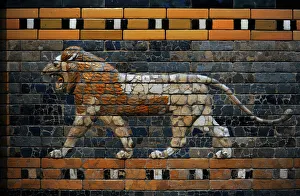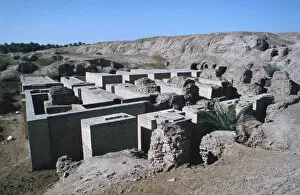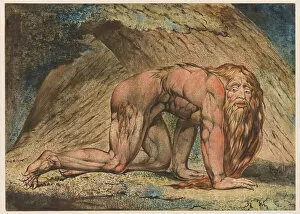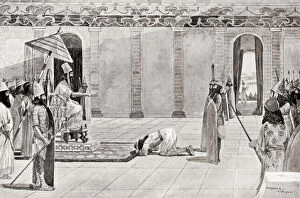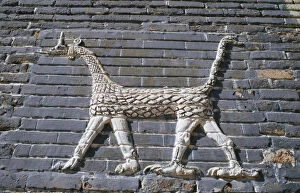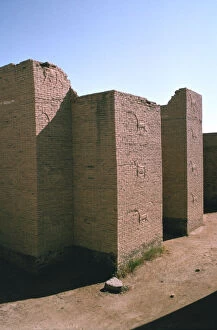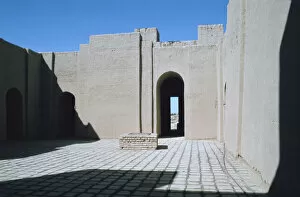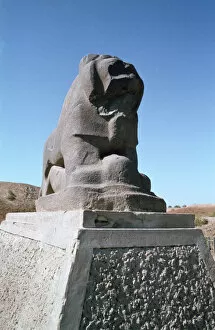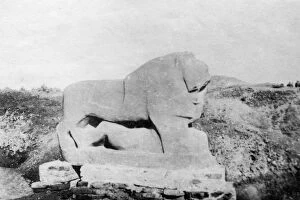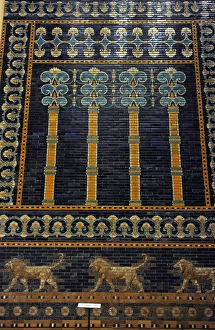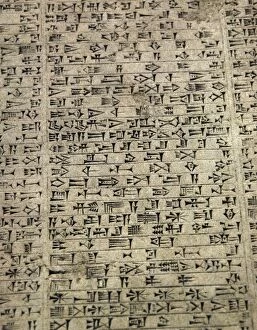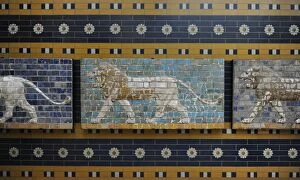Neo Babylonian Collection
"Exploring the Magnificence of Neo-Babylonian Art and Architecture" Step into the world of ancient Mesopotamia with the mesmerizing beauty of Neo-Babylonian art
All Professionally Made to Order for Quick Shipping
"Exploring the Magnificence of Neo-Babylonian Art and Architecture" Step into the world of ancient Mesopotamia with the mesmerizing beauty of Neo-Babylonian art. The grandeur begins with Babylon's iconic symbol, the majestic lion, adorning the Processional Wall along with Ishtar, goddess of love and war. Mesopotamian art reaches its zenith during this era, as seen in the Throne Room of Nebuchadnezzar II. Intricate carvings and vibrant colors transport you to a time when opulence knew no bounds. The awe-inspiring Ishtar Gate stands tall, showcasing intricate designs featuring mythical creatures like Aurochs and Perg. Each brick tells a story through inscriptions honoring King Nebuchadnezzar II himself. Delve deeper into history as you witness masterpieces such as "Nebuchadnezzar" by an unknown artist from 1795. This captivating artwork brings to life one of Babylonia's most renowned rulers. Learn about Nabonidus, another influential king who left his mark on Babylonia's rich heritage. Hutchinson's History of Nations provides fascinating insights into his reign. Marvel at glazed bricks depicting dragons and bulls that once adorned the legendary Ishtar Gate in Babylon. These magnificent creatures were believed to possess divine powers. Immerse yourself in the splendor of ancient Babylon with each glance at these remarkable artifacts - from bull-shaped glazed bricks to dragon motifs - all part of Ishtar Gate's legacy. Discover more wonders within Babylon: explore its lavish Throne Room or visit Southern Palace for a glimpse into royal life during this prosperous period. Neo-Babylonian art is not just a testament to human creativity but also offers us a window into an extraordinary civilization that thrived thousands of years ago.

